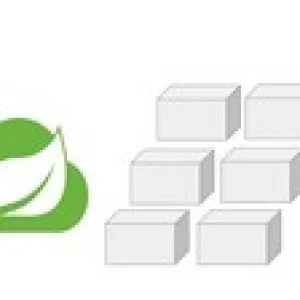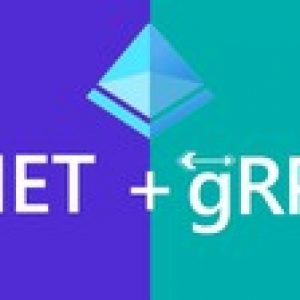
For a long time, web applications were usually a single application that handled everything—in other words, a monolithic application. This monolith handled user authentication, logging, sending email, and everything else. While this is still a popular (and useful) approach, today, many larger scale applications tend to break things up into microservices. Today, most large organizations are focused on building web applications using this approach, and with good reason.
Microservices, also known as the microservice architecture, are an architectural style which structures an application as a loosely coupled collection of smaller applications. The microservice architecture allows for the rapid and reliable delivery of large, complex applications. Some of the most common features for a microservice are:
it is maintainable and testable;
it is loosely coupled with other parts of the application;
it can deployed by itself;
it is organized around business capabilities;
it is often owned by a small team.
In this course, we’ll develop a number of small, self–contained, loosely coupled microservices that will will communicate with one another and a simple front–end application with a REST API, with RPC, over gRPC, and by sending and consuming messages using AMQP, the Advanced Message Queuing Protocol. The microservices we build will include the following functionality:
Specification: Working with Microservices in Go (Golang)
|
User Reviews
Be the first to review “Working with Microservices in Go (Golang)” Cancel reply
This site uses Akismet to reduce spam. Learn how your comment data is processed.

| Price | $14.99 |
|---|---|
| Provider | |
| Duration | 11.5 hours |
| Year | 2022 |
| Level | Intermediate |
| Language | English ... |
| Certificate | Yes |
| Quizzes | No |

$84.99 $14.99






There are no reviews yet.